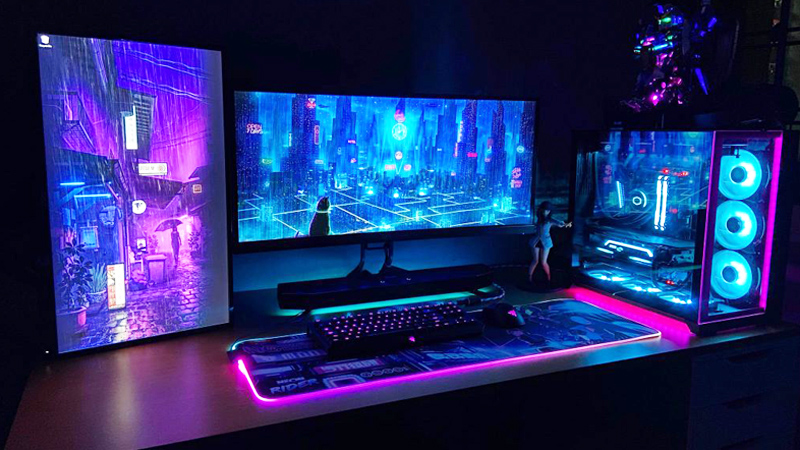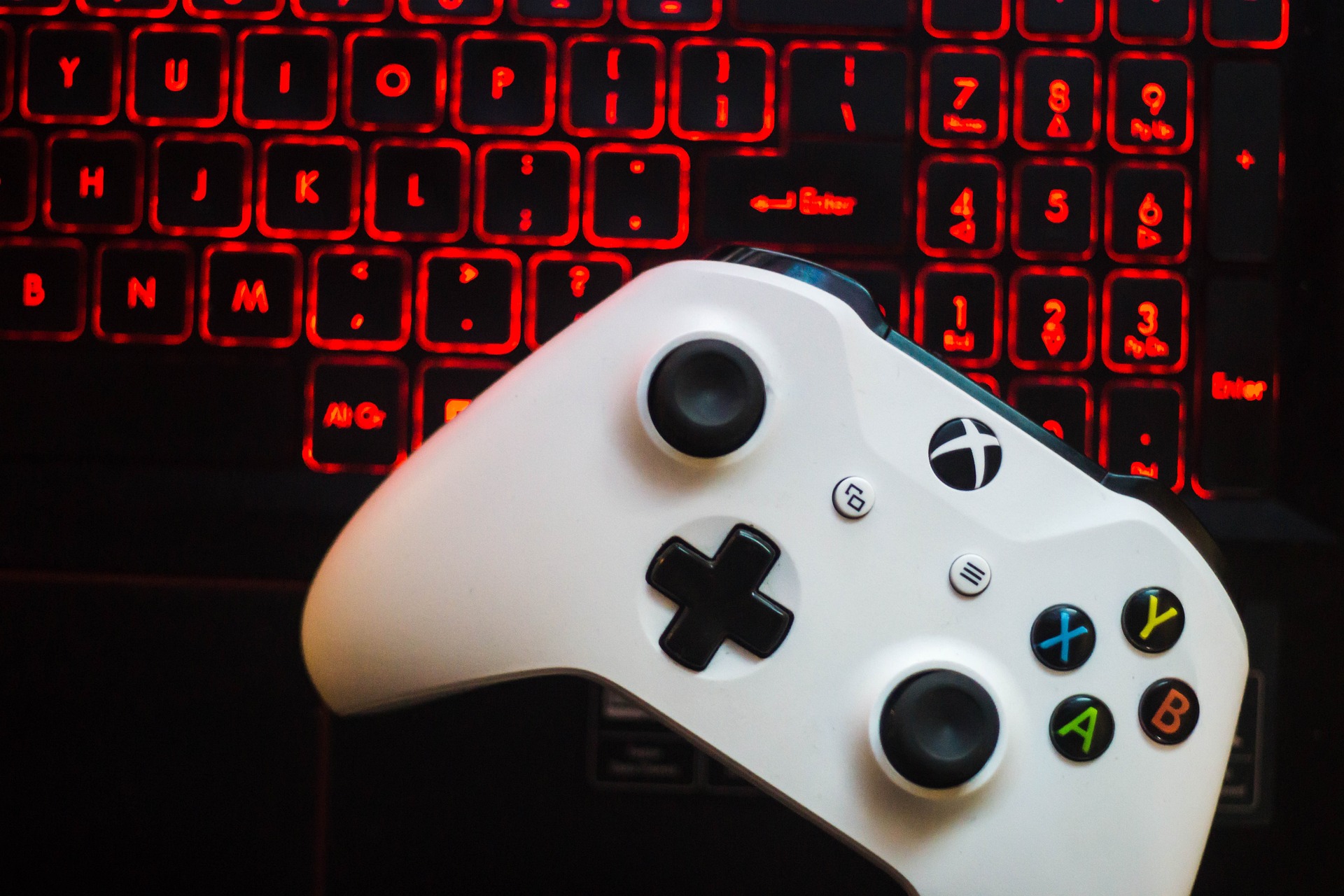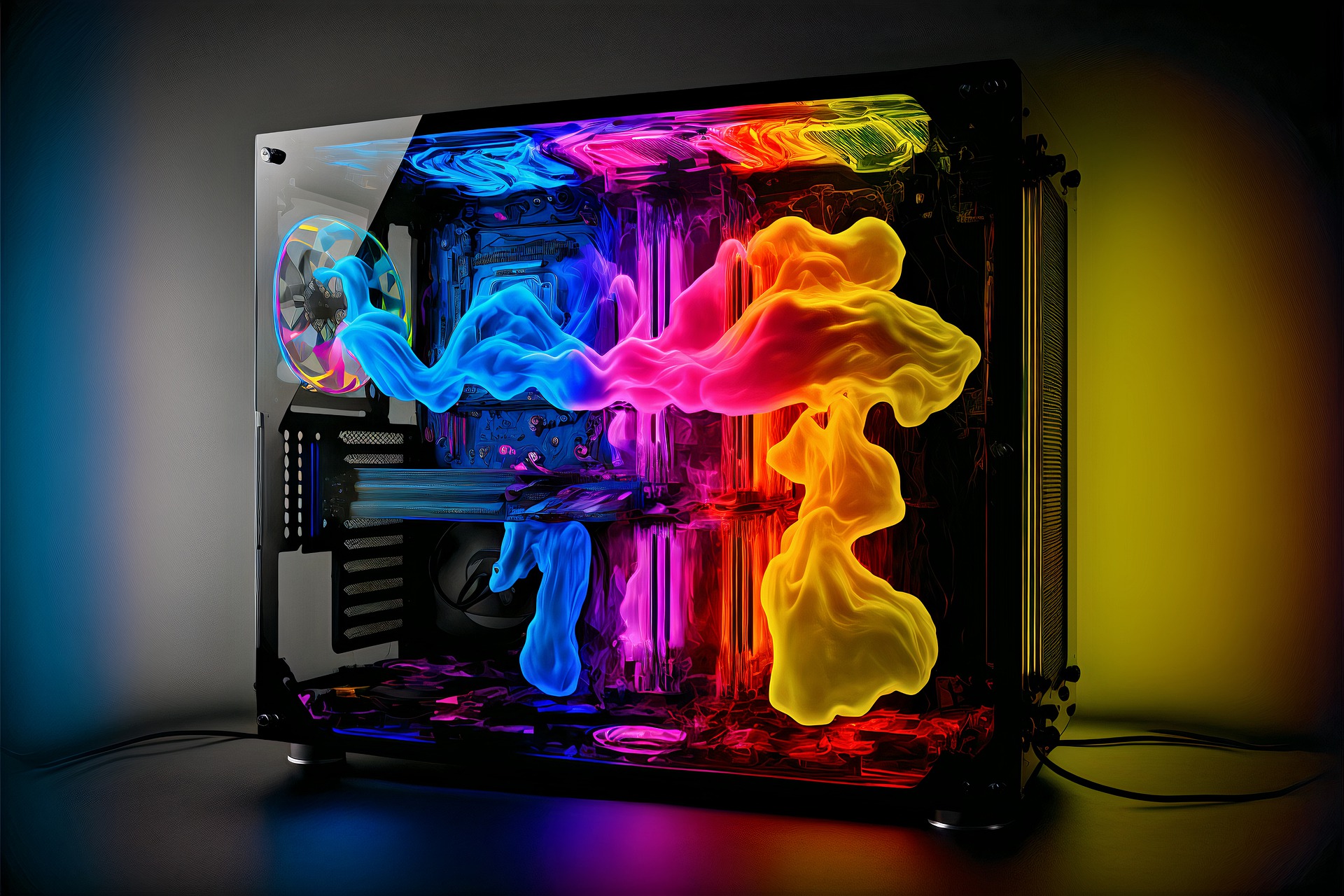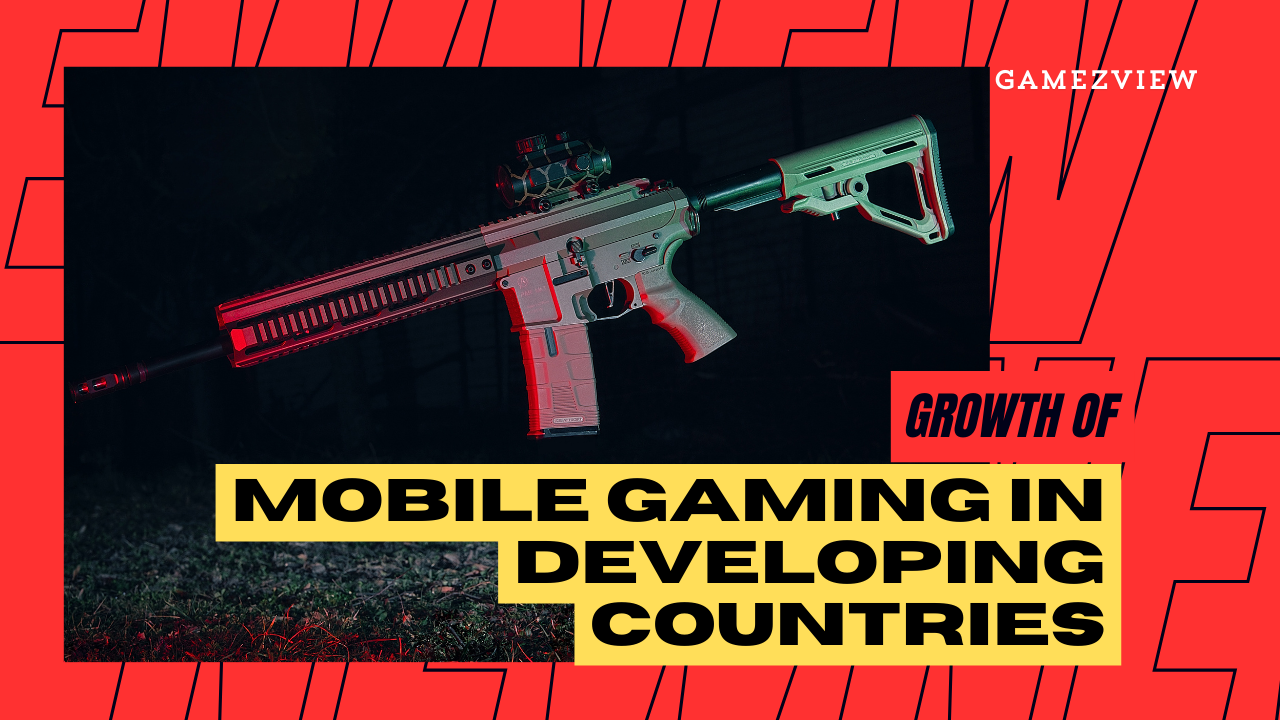Building your gaming PC can be a rewarding experience that not only saves you money but also allows you to customize your system to meet your specific gaming needs. In this beginner’s guide, we’ll walk you through the process of building a gaming PC on a budget, from setting your budget and choosing components to assembling your PC step by step.
Introduction to Building a Gaming PC on a Budget
Building a gaming PC on a budget offers several advantages, including the ability to tailor your system to your gaming preferences, save money compared to pre-built options, and gain valuable knowledge about computer hardware. However, it’s essential to carefully consider your budget and prioritize components to get the best performance for your money.
Setting Your Budget and Goals
Before you start shopping for components, it’s crucial to determine your budget and set performance goals for your gaming PC. Consider how much you’re willing to spend and what level of performance you’re aiming for, whether it’s smooth gameplay at 1080p resolution or high-end gaming at 4K resolution. Research cost-effective components that offer the best value for your budget and performance requirements.
Choosing the Right Components
When building a gaming PC on a budget, it’s essential to prioritize components that have the most significant impact on gaming performance while keeping costs down. Here are some key components to consider:
- Processor (CPU): Look for a mid-range CPU from AMD or Intel that offers good performance for gaming without breaking the bank.
- Graphics Card (GPU): Invest in the best GPU you can afford, as it has the most significant impact on gaming performance. Consider budget-friendly options from AMD’s Radeon RX or Nvidia’s GeForce GTX series.
- Memory (RAM): Aim for at least 8GB of RAM, but consider upgrading to 16GB if your budget allows for smoother multitasking and gaming performance.
- Storage (SSD/HDD): Opt for a combination of SSD and HDD storage to balance speed and capacity while keeping costs down.
- Power Supply (PSU): Choose a reliable PSU with enough wattage to power your components comfortably, but don’t overspend on unnecessary features.
- Motherboard: Select a motherboard that supports your chosen CPU and offers essential features without unnecessary extras.
- Case and Cooling: Pick a budget-friendly case that provides adequate airflow and cable management options, and consider budget cooling solutions like air coolers or stock CPU coolers.
Building Your PC Step-by-Step
Once you’ve gathered your components, it’s time to start building your gaming PC. Follow these steps to assemble your PC:
- Prepare your workspace and tools: Clear a clean, well-lit area to work and gather the necessary tools, including screwdrivers, zip ties, and thermal paste.
- Install the CPU, RAM, and storage: Carefully insert the CPU into the motherboard socket, install the RAM modules, and connect your storage devices.
- Mount the motherboard in the case: Secure the motherboard to the case using standoffs and screws, ensuring it’s properly aligned with the I/O shield.
- Connect cables and components: Install the GPU, connect power cables, front panel connectors, and storage cables, and tidy up cables for better airflow.
- Install the operating system and drivers: Boot up your PC, install your operating system of choice, and download and install the latest drivers for your components.
Tips for Saving Money and Maximizing Performance
To stretch your budget further and get the most out of your gaming PC, consider the following tips:
- Buying used or refurbished components: Look for deals on reputable websites or forums for gently used or refurbished components that offer significant savings without sacrificing performance.
- Taking advantage of sales and discounts: Keep an eye out for sales, promotions, and bundle deals from retailers, especially during holidays or special events.
- Overclocking for extra performance: If you’re comfortable with tweaking settings, consider overclocking your CPU and GPU for a free performance boost, but be mindful of heat and stability.
- Upgrading components over time: Start with essential components and upgrade your PC gradually over time as your budget allows, prioritizing upgrades that offer the most significant performance gains.
Building your gaming PC on a budget is an excellent way to save money, customize your system, and gain valuable knowledge about computer hardware. By carefully planning your budget, choosing cost-effective components, and following step-by-step assembly instructions, you can create a gaming PC that offers excellent performance and value for your money. Don’t be afraid to dive in and start your PC-building journey – the rewards are well worth the effort.






